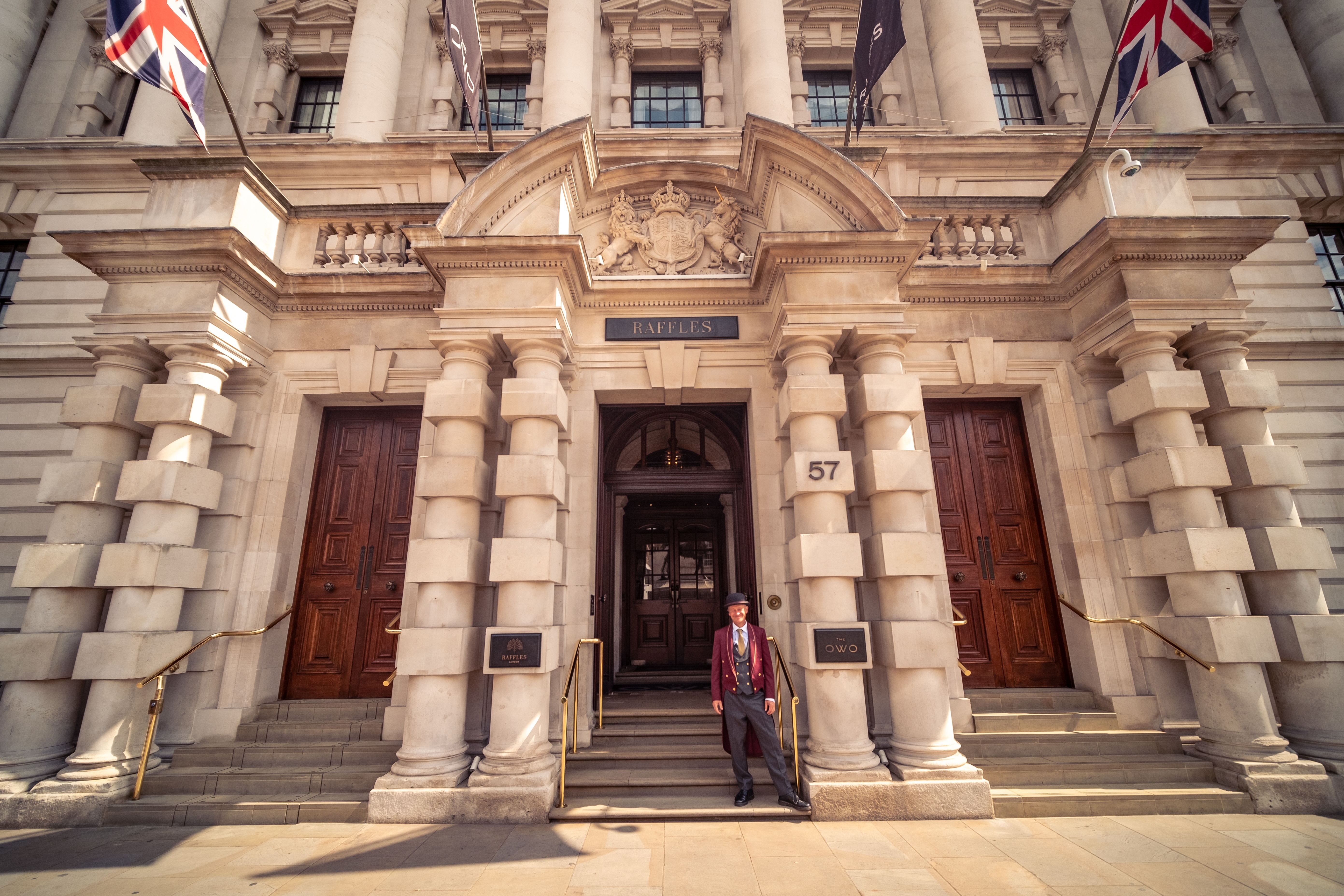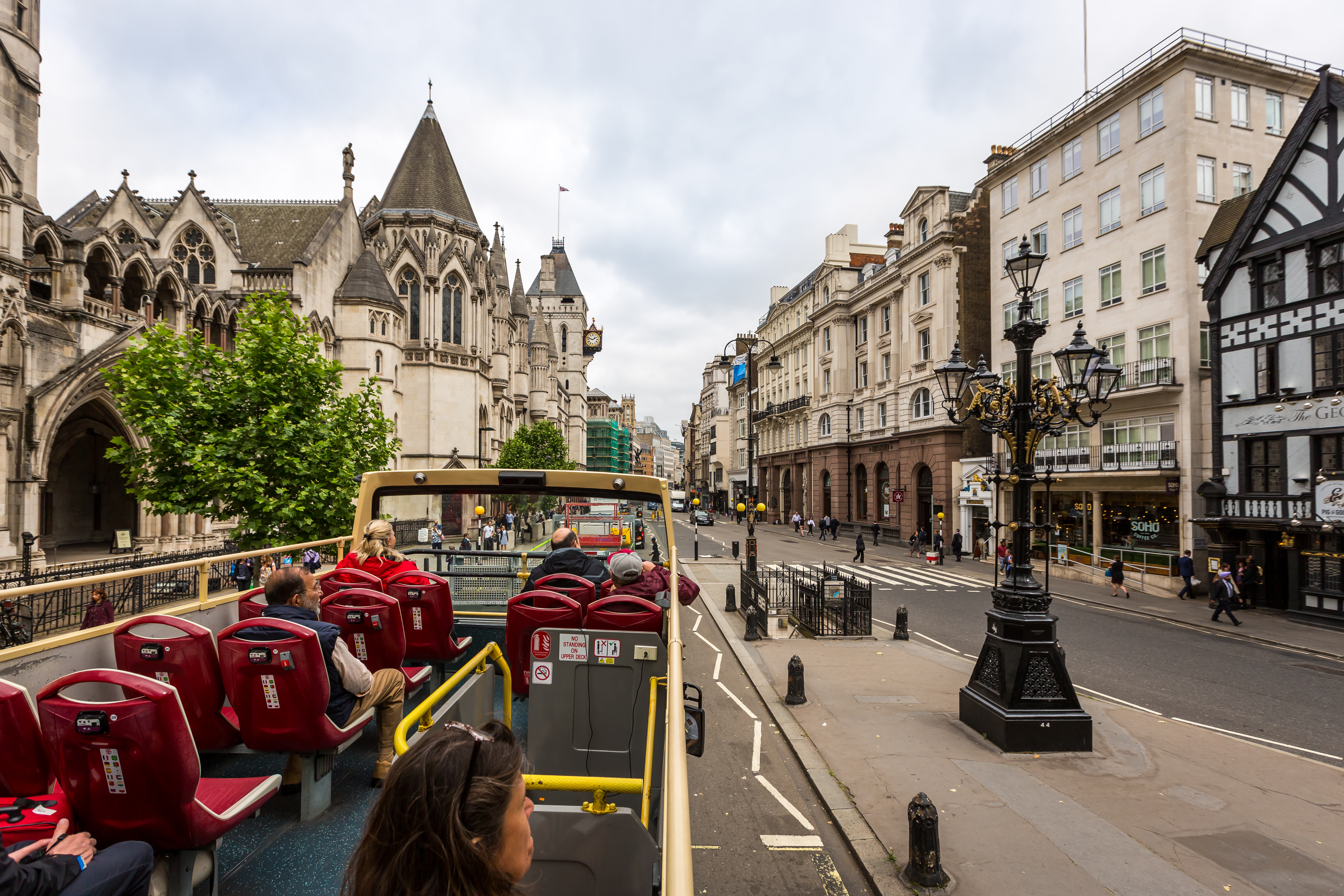The Oldest Buildings in England
England has had such a huge impact on history for a small island just off the coast of northern Europe. It has been invaded, occupied, liberated, and reoccupied several times over by some incredible civilisations that each left an important mark upon it to shape its future development. The fusion and combination of hundreds of separate cultures, influences, and people from all over the world that have once inhabited this country are a major factor in what makes it such an interesting place to live, visit, and explore.


Celebrating this fact with a journey through history is a great way to understand its remarkable status and standing in the modern world. There is no finer way to begin uncovering the country’s greatest stories than in the buildings and man-made structures that remain here. They reflect centuries of social and cultural change, environmental adaptation, and architectural trends dating back to a prehistoric age. Let’s take a look through some of the oldest buildings in England together.
St Martin’s Church, Canterbury
The church of St Martin in Canterbury, Kent is considered by many to be the oldest building in England that remains standing and also holds the title of being the oldest church in the English-speaking world. Though the official construction dates back to 597 AD there are several clues that this place was part of a man-made structure much earlier. The incredible architectural features speak to the influences of centuries past with Roman bricks displaying an ancient origin, and various Saxon and Norman additions identified as it developed through history. With fascinating Mediaeval elements and artefacts housed here, including the baptismal font used for King Ethelbert the Anglo-Saxon King of Kent who famously converted to Christianity in the 6th Century, the church now enjoys UNESCO World Heritage Site status and is the subject of many annual pilgrimages. The graveyard of St Martin’s is also where many famous English figures are buried, including Mary Tourtel, the creator of Rupert Bear.
West Kennet Long Barrow
There is often much discussion on what defines a building or man-made structure in the modern understanding of social history. England has evidence of so many human civilisations stretching back thousands of years and it is possible to find markers for most of these across the country. Tombs and burial structures are almost always the greatest way to identify which age they belong to, and West Kennet Long Barrow is probably the best example that England has for us to visit and study. This is an impressive and well-preserved neolithic tomb in Wiltshire that was constructed from massive stones in around 3650 B.C and therefore dates before the great pyramids of Egypt. The dramatic and imposing opening leads to a network of burial chambers that were found to have tools, pottery, and bones arranged specifically to note great significance for the rituals and practices of the culture at that time. West Kennet Long Barrow is a thrilling portal to a prehistoric past.
The Roman Pharos
The Roman Pharos in Kent was built in the early second Century AD and survives as one of the most complete Roman buildings in England. It also has the honour of being one of only three remaining Roman lighthouses in the entire world. The Pharos was originally built shortly after the Roman invasion of Britain to guide ships safely into the Roman port of Dubris, which eventually became Dover in the modern day. Standing at 24 feet tall in an imperious octagonal shape, it was constructed from flint and Roman brick with a beacon lit at the top providing the light and flame for the subsequent fleets of soldiers and supplies. During the Medieval age, this wonderful edifice was integrated into Dover Castle next to the Saxon church of St Mary in Castro and continued to be a useful tool for many more centuries. It remains a wonderful symbol of Roman engineering combined with English heritage across thousands of years.
Viroconium
Viroconium was founded in AD 58 as a thriving and important Roman City in what is now modern Shropshire. It was originally built as a legionary fortress to house troops that were stationed there for military campaigns against the fearsome Welsh tribes but eventually became one of the most significant settlements in the whole country. For our guide into the oldest buildings in England, it is the parts of the Thermae that pique the most interest and intrigue. These bathhouses tell us so much about social practices in Roman life and the Old Work archway that was once part of the Frigidarium in these bathhouses even lays claim to being the oldest remaining freestanding structure in England. Viroconium is a vital connection to a better understanding of Roman England and the elements of the buildings that remain show how the methods and processes would be utilised in the country’s architecture right up to the present day.
London Wall
The history of the city of London is such a huge part of the story of England and it is fitting that some of the oldest structures that remain here make up important elements of the locations that we recognise today. The London Wall was one of the largest and most ambitious engineering projects in Roman Britain that was built to protect the city of Londinium from invasion, while simultaneously projecting the presence and power of the Roman empire over this part of the world. Originally, it would have been around 2 miles long, 6 metres high, and almost three metres thick with towers and gates along its lines. Fascinatingly, the modern London locations of Aldgate, Bishopsgate, and Ludgate are a reminder of this initial structure and city planning. Visible remains of the wall can be seen all over London with Tower Hill and The Barbican representing the key areas available to witness this magnificent monument for yourself.
Uncovering the foundations of England through the oldest remnants of its built environments is a pursuit that will engage, enthral, and inform you. Learning about the history of the people who lived, worked, and died in these locations allows their stories to continue for many generations to come. Our guide is just the beginning of what you can discover for yourself amongst the oldest buildings in England, so there is no better time to start than right now.



